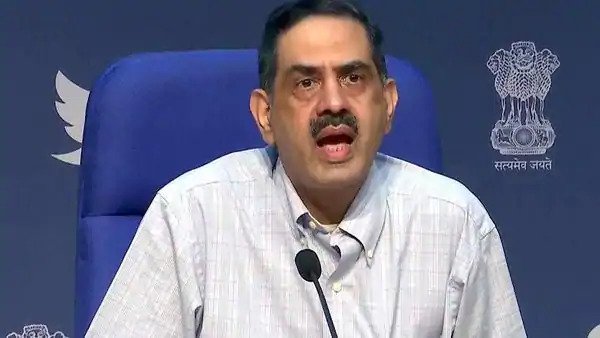
NEW DELHI: Dr. Balram Bhargava, Director-General, Indian Council of Medical Research (ICMR) said it is difficult to predict whether or not India will see a second wave of COVID-19 infections and smaller peaks will occur at different times due to the country ‘s varied geography.
In an interview with Asian News International (ANI), (Prof) Dr Bhargava also said that SARS-CoV-2 is a novel virus and there is still very less known about it. He added that there have been enormous variations in the spread of infection and mortality rates across different geographies and demographics around the world. Due to the varied geography of our nation, there would be smaller peaks at different times.
Dr Bhargava a key scientist involved in monitoring the country’s COVID-19 situation said the situation is evolving rapidly, and that since January 2000, there has been continuous monitoring. However, it is important for people to adopt preventive measures such as social distancing, mask use and hand hygiene. Aside from the scientific inputs, complete participation by all people is necessary to overcome the challenge of COVID-19, he said.
Dr. Bhargava said since the onset of the pandemic, ICMR has been gradually ramping up testing capacity. Initially there were less than 100 tests per day but today the testing capacity is over 5 lakh samples a day with labs set up even at 18,000 feet in Ladakh. ICMR has crossed the milestone of 2,02,02,858 tests and now India has become the country with 4th highest number of tests conducted globally,” he said. He added that ICMR has also written to private and government medical colleges to increase testing for the virus and will help these institutions in providing the requisite facilities and training for research.
Three new state-of-the-art testing facilities in Noida, Mumbai and Kolkata have been recently set up by ICMR, that can increase testing capacity, minimize laboratory technicians’ risk of exposure, and decrease turn-around times. Over time, once the pandemic is managed, these facilities can also be used to test other diseases such as tuberculosis, Hepatitis B and C, HIV, etc, said Dr. Bhargava.

